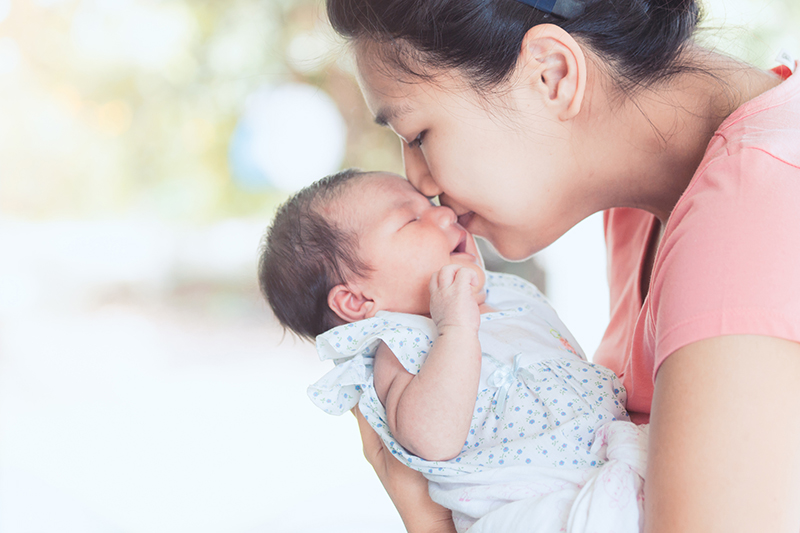Families For Life | Baby's Here: What to Expect Now

Knowing what to expect when it's time to bring your new bundle of joy home will make things a little less overwhelming for you.
It's really exciting when you arrive home with your new bundle of joy. But many mums, especially first-time mums, worry about juggling both their and their baby's needs. There's no cause for anxiety once you know what to expect:
A new routine
Once your infant arrives, you'll have to make some adjustments to your usual routine. Disrupted sleep, bath time, changing diapers, feeding and more will have to be incorporated into your daily schedule. The important thing is to be patient as you learn the ropes.
Don't be afraid to ask for help, be it from a family member or a confinement nanny, if you choose to hire one. Stay positive and learn to manage your expectations as you cope with the changes. Motherhood will give you the strength you didn't think you have!
Disrupted sleep
Your sleep and rest time may often get disrupted, as newborns have tiny stomachs so they need to feed in parts every two to three hours. Some may get hungrier more often.
Here's some advice: If you're breastfeeding, seek help from family members or your confinement nanny to put your baby back to sleep after a feeding. If you're bottle-feeding, ask someone to help you when you're tired so that you can catch up on some sleep. Try to nap when your baby naps and rest as much as you can during the day.
Post-delivery recovery
Your body needs to recover after delivering a baby. Here's what you may experience:
Lochia
This is vaginal bleeding that begins immediately after birth, is normally heavy for the first two days and then gets progressively lighter. It usually lasts up to 6 to 8 weeks.
After pains
These are lower tummy cramps that you may feel after delivery caused by the contraction of the uterus as it returns to its pre-pregnancy size over the next six weeks.
Episiotomy
This is a cut made at the perineum (between the anus and the vagina) during childbirth, which is stitched after delivery. Tears of the perineum will also be repaired in the same way. Keep the area clean for the wound to heal faster and change sanitary pads regularly to prevent infection.
Caesarean wound
If you underwent a C-section, you'll have a dressing on the wound. The nurses will advise you on how to look after the wound before you go home. Avoid lifting heavy objects during the confinement period to allow it to heal.
Take note that lochia, after pains and pain from the perineum and Caesarean section will go away after some time. However, if you experience heavy bleeding or notice clots, or if there's swelling or persistent pain from the wounds, see your doctor immediately.
Explore more
By Associate Professor TAN Thiam Chye Head & Senior Consultant, Dr Janice TUNG Senior O&G Resident,
Department of Obstetrics and Gynaecology, KK Women's and Children's Hospital
Sources:
The New Art and Science of Pregnancy and Childbirth 2008, World Scientific
Healthy Start for your Pregnancy 2012, Health Promotion Board Singapore
Copyright © 2016 HealthHub.sg. All rights reserved.